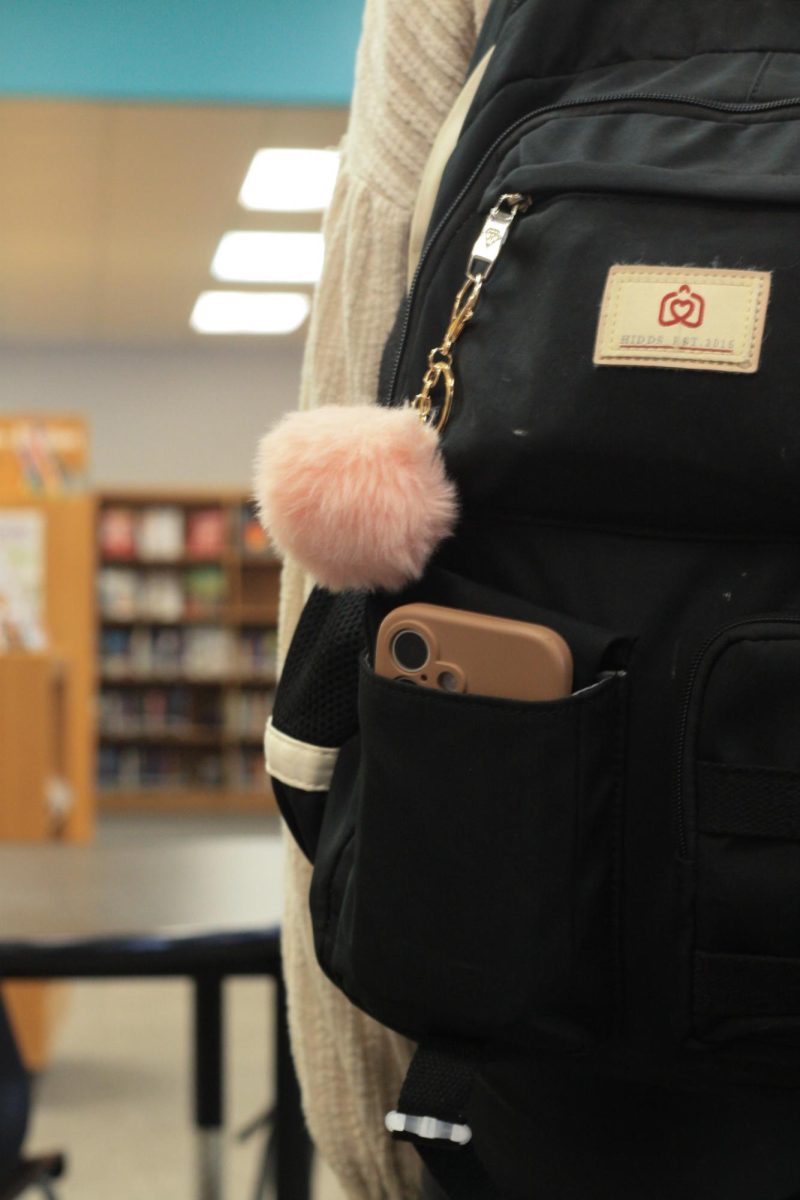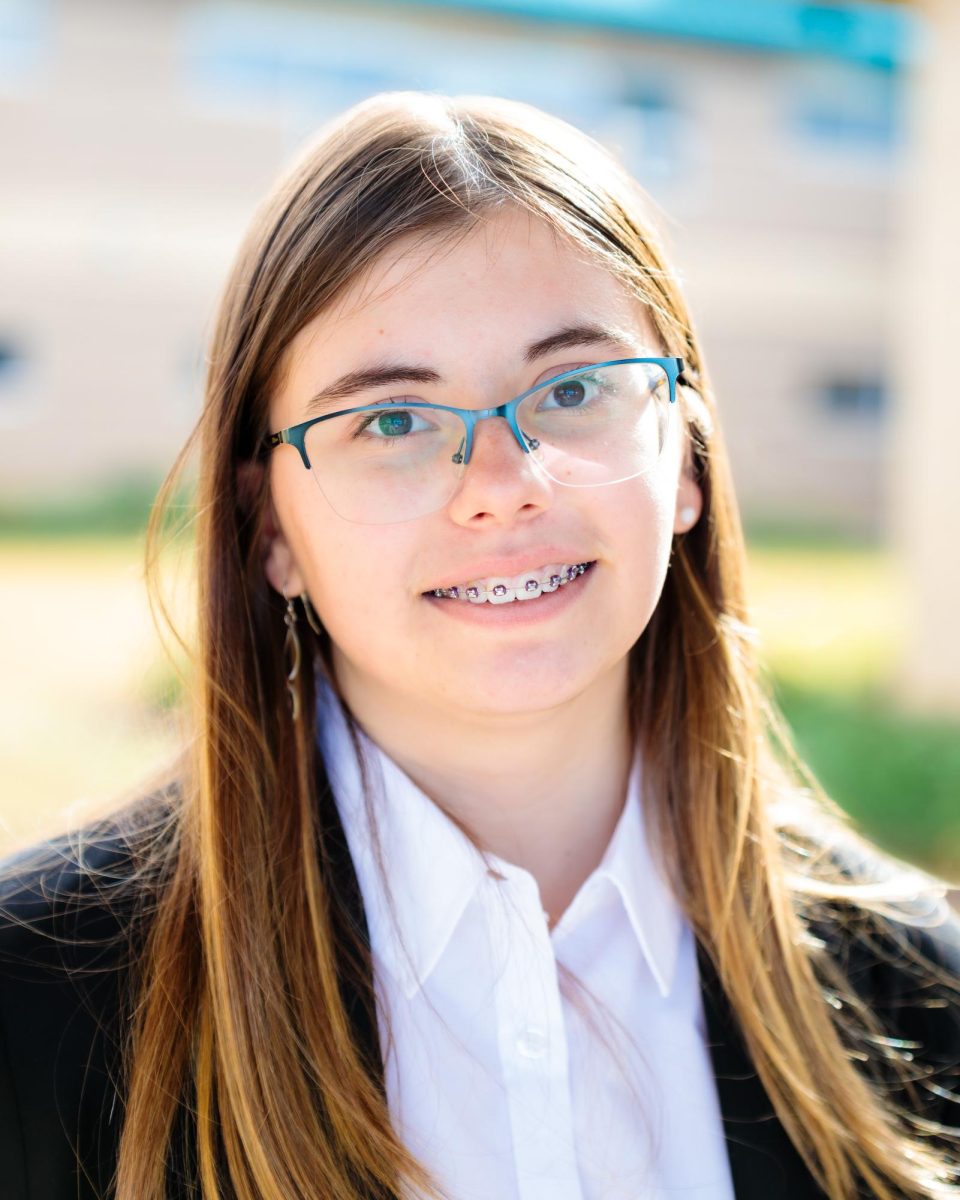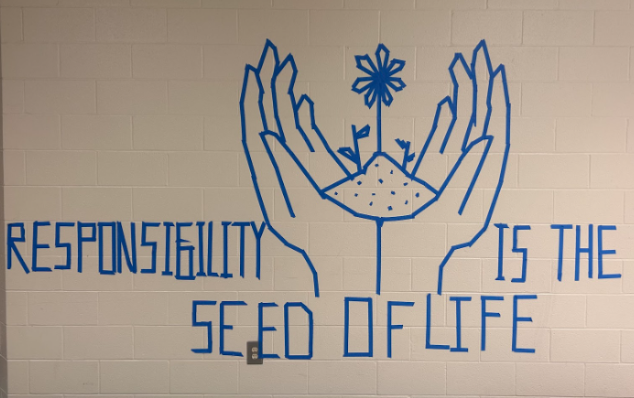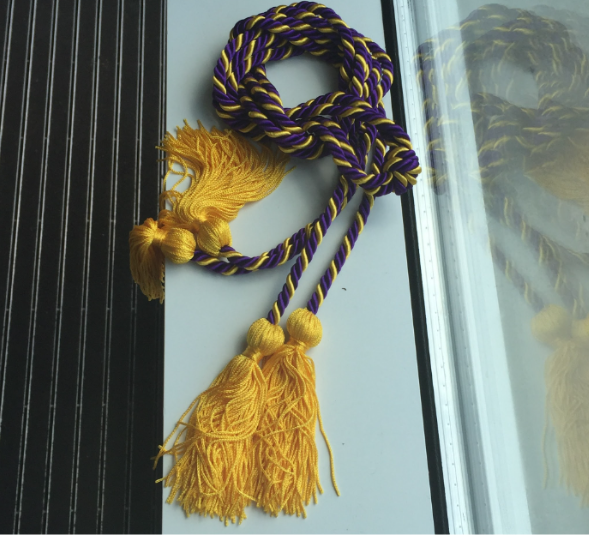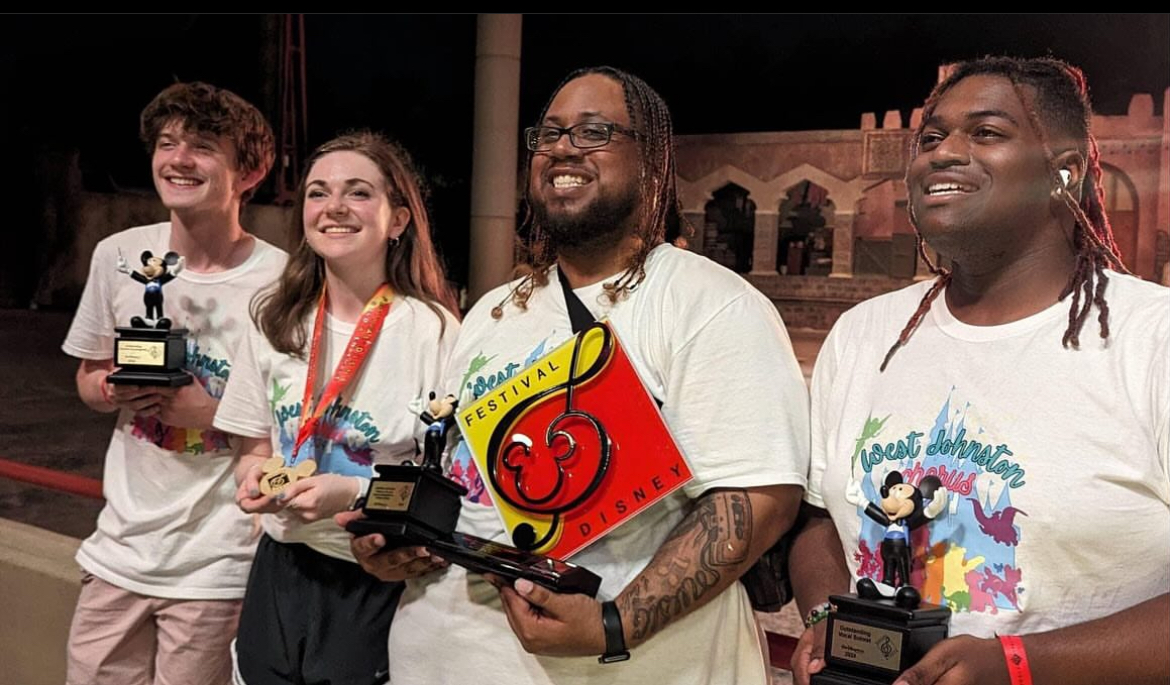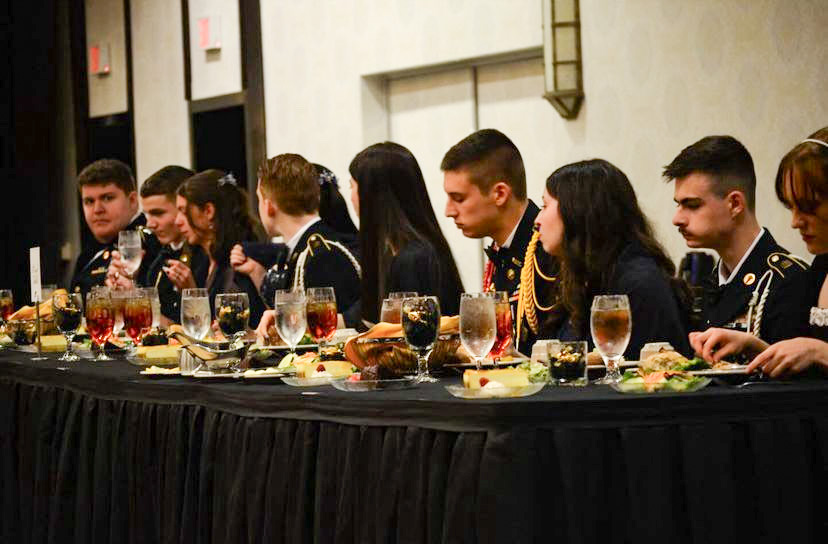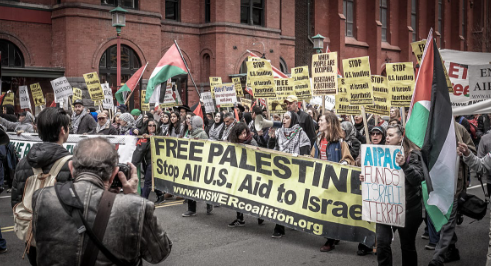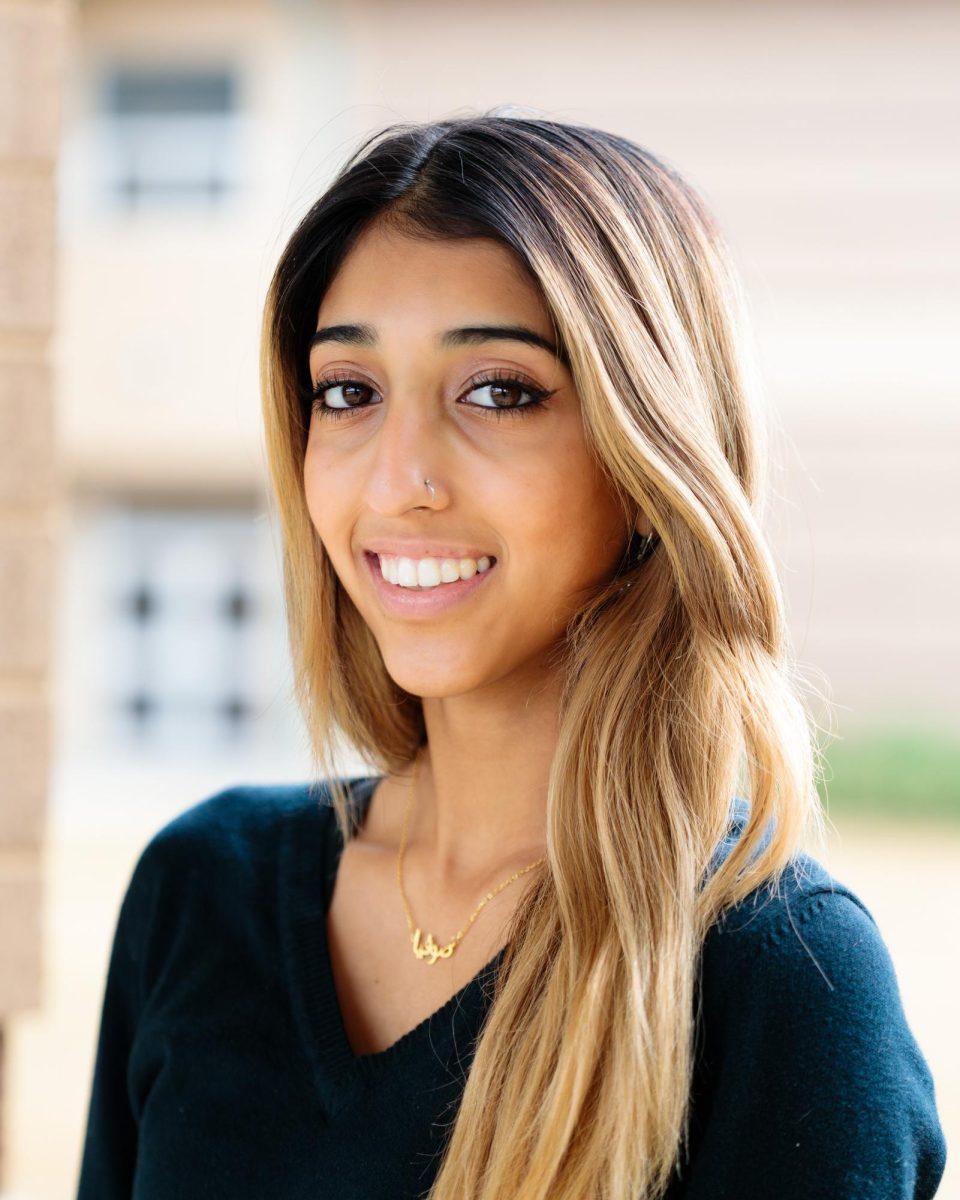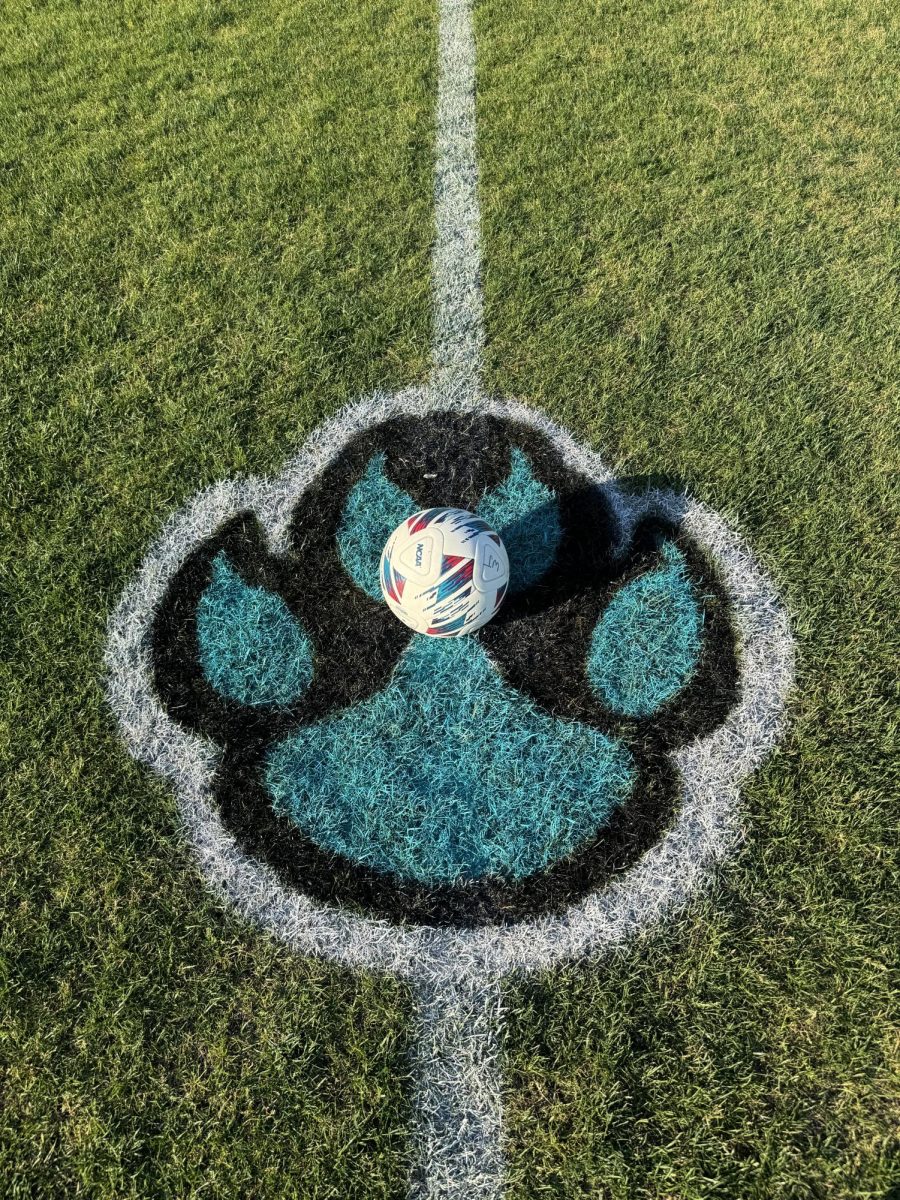As we come to the closing of the beautiful Islamic holiday, Ramadan, we want to highlight some of the differences this year from the previous ones, as well as clear up certain misconceptions.
Based on the Gregorian calendar, Muslims worldwide participate in a 29-30 day long fast, not consuming any food or water during the daylight hours. To fully understand this holiday, we must first know why Muslims around the world celebrate this faithful and powerful month of religious dedication.
Ramadan is the cultural holiday in which Muslims fast as one of the 5 pillars of Islam also called Sawm. This holiday is mainly a commemoration of the Quran being revealed and allows Muslims all over the world to show their love, dedication, and faith in their God, Allah.
It occurs during the ninth month of the Muslim calendar and is lunar-based, so the start and end dates shift every year. Ramadan beginnings and ends are determined by the phase the moon is in and at the first sight of the new moon.
The earliest found record of Ramadan was in the early 1500s. It is believed that Laylat Al Qadr or the “Night of Power” was when the Qur’an was first revealed to the Prophet Muhammad by the angel Gabriel (or Jibrīl) in Mecca during the year 610.
Daily fasting lasts from sunrise to sunset and is not meant to be a hardship, but a display of self-discipline and religious devotion to Allah. Muslims around the world look forward to this month, as it is a time for prayer, family, and reflection.
Participants not only abstain from food and drink, but also lustful practices. In some situations, the elderly, young children, ill, and pregnant people can be exempt.
Many typically break their fasts by consuming dates since it is said that the prophet Muhammad broke his fast with these sweet fruits. Many traditional dishes are used during the opening and closing of the fast. Some include Haleem, Samosas, Zoolbia, and many more.
Eid celebration is decided by the sighting of the moon, specifically the new crescent moon. Eid is a time to celebrate the end and completion of Ramadan with your loved ones. There are two festivals, Eid al-Fitr or the large breakfast that signals the end of Ramadan, and Edi al-Adha, known as the “Feast of Sacrifice” which coincides with the end of Hajj or the pilgrimage to Mecca.
Typically, these Eid celebrations are huge and are hosted by large venues to allow socializing, but this year was a bit different. Due to the conflicts Muslims in Gaza, Palestine are experiencing, the celebrations were far more tame this year.
The large and extravagant meals were scaled back this year in order to honor the struggling Muslims in Gaza who are participating in Ramadan this year, even though they barely have enough food as is.
One source spoke about a peaceful protest outside of the white house by Muslim Americans to prioritize the activism for Gaza. “The demonstrators had their own iftar outside, despite the gloomy weather that evening, breaking their fast with dates, a shawarma sandwich and a bottle of water.”
With this humble meal and communal prayers devoted to Gaza, we saw a beautiful act for those struggling overseas. Though Ramadan is typically a time for joy and reflection, other feelings and actions were on display, and that is part of what this holiday is all about; helping those in need and praying for the less fortunate.
Ramadan this year was much different, and Muslims around the world had heavier thoughts and prayers than the previous years, but overall the beautiful display of respect and love for Islam was on full display.
It is important that we all respect, and maybe even admire, the beauty in the different religions and how they show their devotion.
